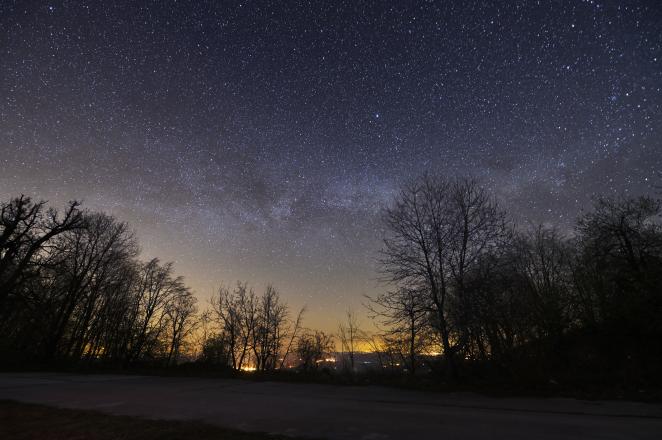Understanding light pollution
Light pollution is the excessive or misdirected artificial light that brightens the night sky, disrupting natural patterns. In the North Sea region, it is mainly caused by urban centres, ports and industrial activities. Coastal areas experience significant light pollution due to their proximity to human settlements and maritime activities. Over the past decades, light pollution has steadily increased due to urbanisation, economic activities and the extensive use for public and work safety and operations.
Ecological impact
Light pollution has a profound effect on biodiversity, especially in sensitive areas like the Wadden Sea, a UNESCO World Heritage site. It disrupts natural light cycles and impacts wildlife behaviour, as many species rely on natural light for activities such as foraging, migration and reproduction. Artificial light can disorient nocturnal animals, leading to decreased survival rates. Additionally, light pollution fragments habitats, disrupting the movement of species and affecting ecological interactions.
Maritime natural areas, such as the Wadden Sea and the coasts of Brittany (region of Brest) are critical habitats for numerous species. Protecting these areas is essential for maintaining biodiversity and ecological balance. Light pollution threatens these delicate ecosystems by disrupting migratory patterns of birds that use natural light for navigation and affecting marine life that is sensitive to light, impacting their feeding and breeding patterns.
Role of municipalities and ports
Municipalities and ports play a crucial role in managing light pollution. They need lighting for public safety, work operations and traffic management. However, balancing these needs with environmental conservation is a challenge. Regulations on light pollution are often inconsistently implemented and enforced across regions and many municipalities lack the expertise and resources to assess and monitor light pollution effectively.
To address these challenges, it is essential to provide municipalities with resources and guidance to implement light reduction solutions. This includes adopting environmentally-sound lighting techniques and systems, utilising advanced methods to measure and monitor light pollution levels and enhancing the knowledge and capabilities of local authorities to manage light pollution effectively.
DARKER SKY: Supporting municipalities and ports
DARKER SKY is actively working to reduce light pollution, enhance biodiversity and promote connectivity among habitats by supporting ports and municipalities in the North Sea Area through practical measures:
Innovative approaches: Assisting municipalities with advanced methods to measure, monitor and reduce light pollution, while engaging local communities in designing solutions.
Cross-border collaboration: Facilitating the exchange of effective, environmentally friendly lighting techniques across borders. Pilot projects in Brest (France), Groningen and Friesland (Netherlands), and Lower Saxony and Hamburg (Germany) are demonstrating these methods with potential replication across the North Sea Region.
Policy development: Collaborating with local, regional and national authorities to develop clear action plans for reducing light pollution across the region.
These efforts aim to unite diverse regions and initiatives to establish dark ecological corridors aligning with the EU Zero Pollution Action Plan and the EU Biodiversity Strategy to mitigate habitat fragmentation.
Resources and further reading

Picture: Boris Štromar
For more information, you can visit our DARKER SKY Library or the following resources:
